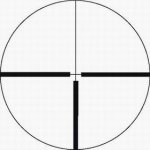Gut_Pile
Senior Member
I'm looking to buy a new rifle. I'm probably going to get a remington 700 SPS in either a 7mm-08 or a .280. I am looking to get a new scope. I would either like to get a Leupold VXIII, a Zeiss Conquest, or one of those new Nikon Monarch. What scope would you guys go with?? If not any of these any other suggestions?

